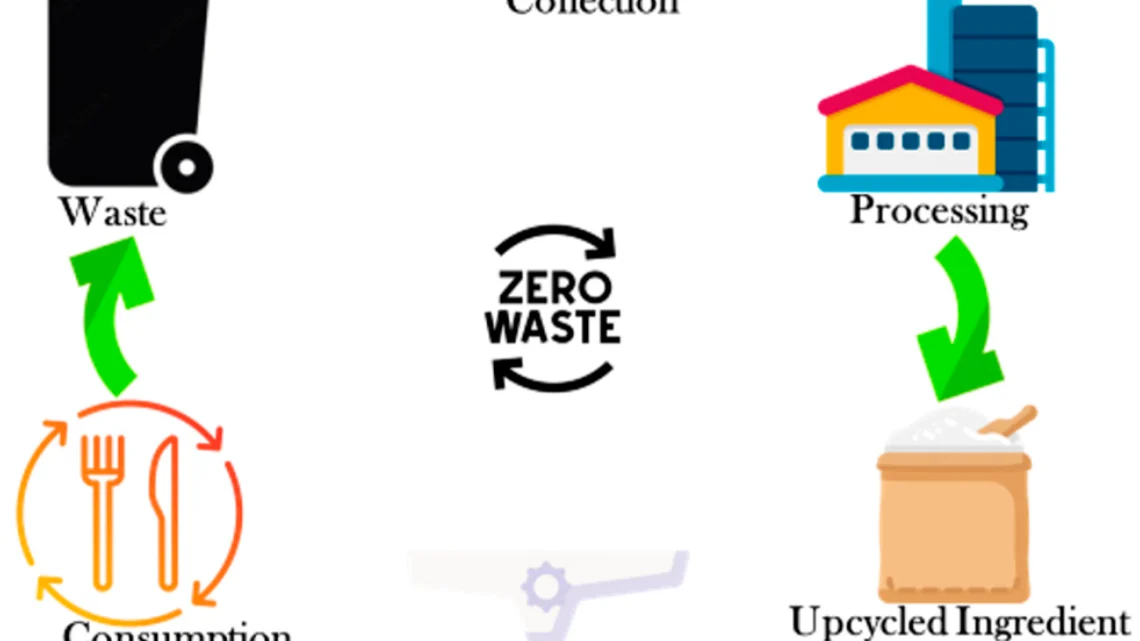
Turning Waste into Resources: The Future of Upcycled Food
August 19, 2024The link between food waste and greenhouse gas emissions is often overlooked, but it plays a crucial role in environmental degradation. A significant contributor to global greenhouse gas emissions is the waste food that ends up in landfills. This discarded food generates methane, a potent greenhouse gas, exacerbating climate change. As the world deals with rising emissions and declining resources, innovative approaches to repurpose food waste offer a spark of hope.
In Copenhagen, a groundbreaking initiative led by two Michelin-starred chef Rasmus Munk is spearheading a movement towards “upcycling” food. This involves transforming discarded food scraps into new, consumable products. Munk’s venture, Spora, exemplifies this innovative approach. Located near his renowned restaurant, Alchemist, Spora is dedicated to creating food items from what would otherwise be waste. For instance, chocolate made from cocoa husks—a byproduct of cocoa bean harvesting—and tacos filled with rapeseed cakes, a high-protein residue from oil extraction, showcase the potential of upcycling.
The problem of food waste is overwhelming. In the United States alone, nearly 40% of all food produced annually is discarded. This contributes to nearly 8% of global greenhouse gas emissions, surpassing emissions from the aviation industry. In response to this crisis, various organizations and governments are focusing on strategies to reduce food loss and waste. The U.S. Environmental Protection Agency, alongside the Department of Agriculture, has released a national strategy aiming to cut food waste in half by 2030. However, while traditional efforts focus on reducing waste at the production and disposal stages, there is a growing recognition of the potential in repurposing food.
The market for upcycled food is expanding rapidly. Valued at approximately $53.7 billion in 2021, it is projected to reach $97 billion by 2031. This trend is supported by increasing consumer awareness and interest in sustainable food practices. Start-ups across Europe, the U.S., and Asia are leading the charge, transforming waste products like spent grain from beer production and coffee grounds into new food items such as bread, pasta, and energy bars.
One notable example is the company nibs etc, which utilizes apple pomace—the fibrous residue from juice production—to create nutritious snacks like crackers and granola. This approach not only diverts waste from landfills but also enhances the nutritional value of the final products. Chloë Stewart, the founder of nibs etc, highlights the dual benefits of upcycling: reducing waste and alleviating the pressure on food supply chains.
Despite its promise, upcycling faces challenges. Most current upcycling ventures are small-scale and face high production costs, which are often passed on to consumers. Additionally, scaling up these efforts requires significant investment and support from larger industry players. As highlighted by experts like Simona Grasso and Jessica Aschemann-Witzel, integrating upcycling into mainstream food systems could greatly enhance circularity and sustainability. However, consumer education is crucial to overcome the barriers to widespread adoption.
As a whole, upcycling food presents a viable solution to the global problem of food waste and its environmental impacts. By repurposing discarded food scraps into valuable products, this approach not only addresses the issue of waste but also contributes to a more sustainable food system. As awareness and technology advance, upcycled food has the potential to transform how we think about and manage our resources, paving the way for a greener future.

